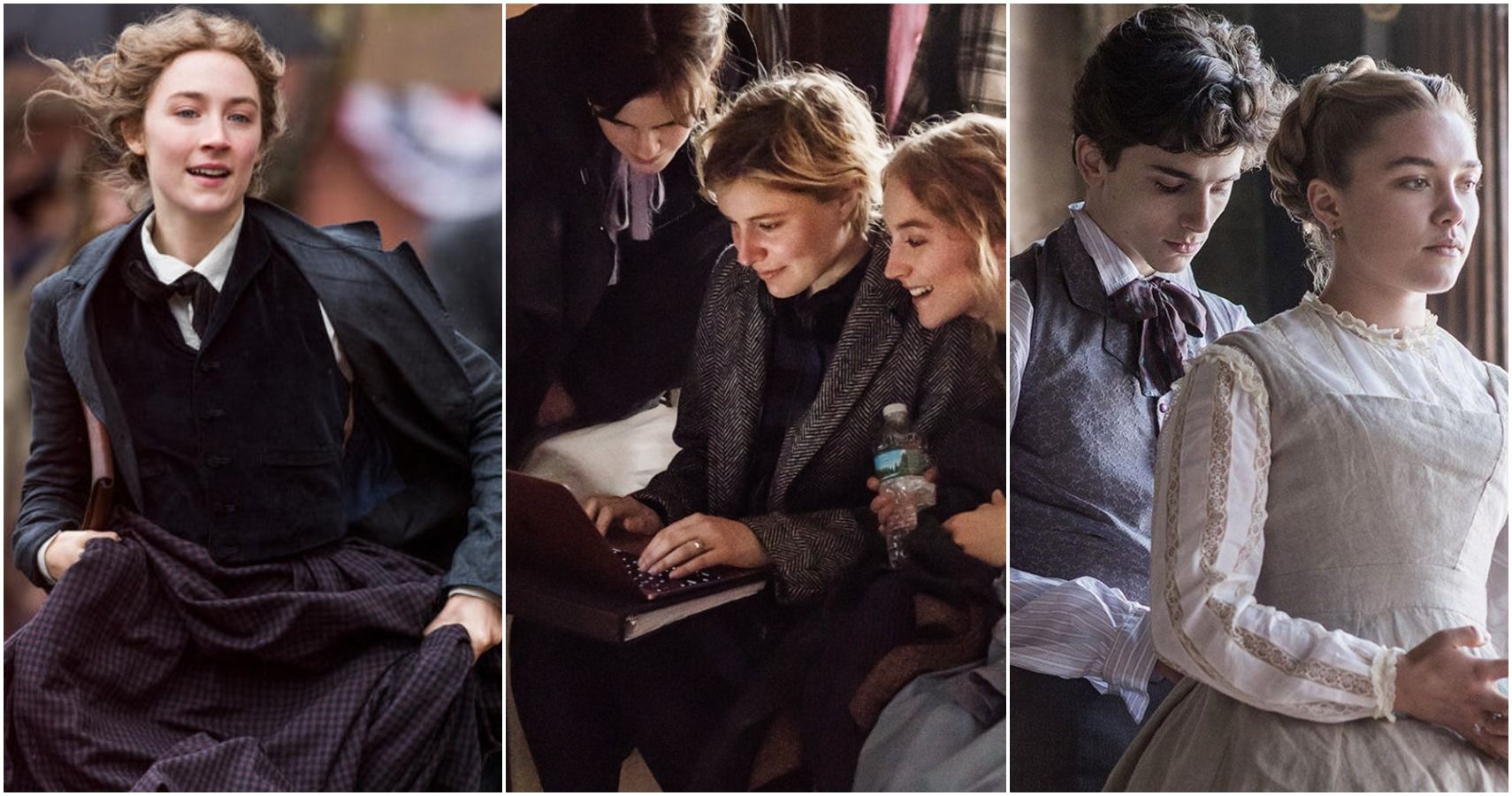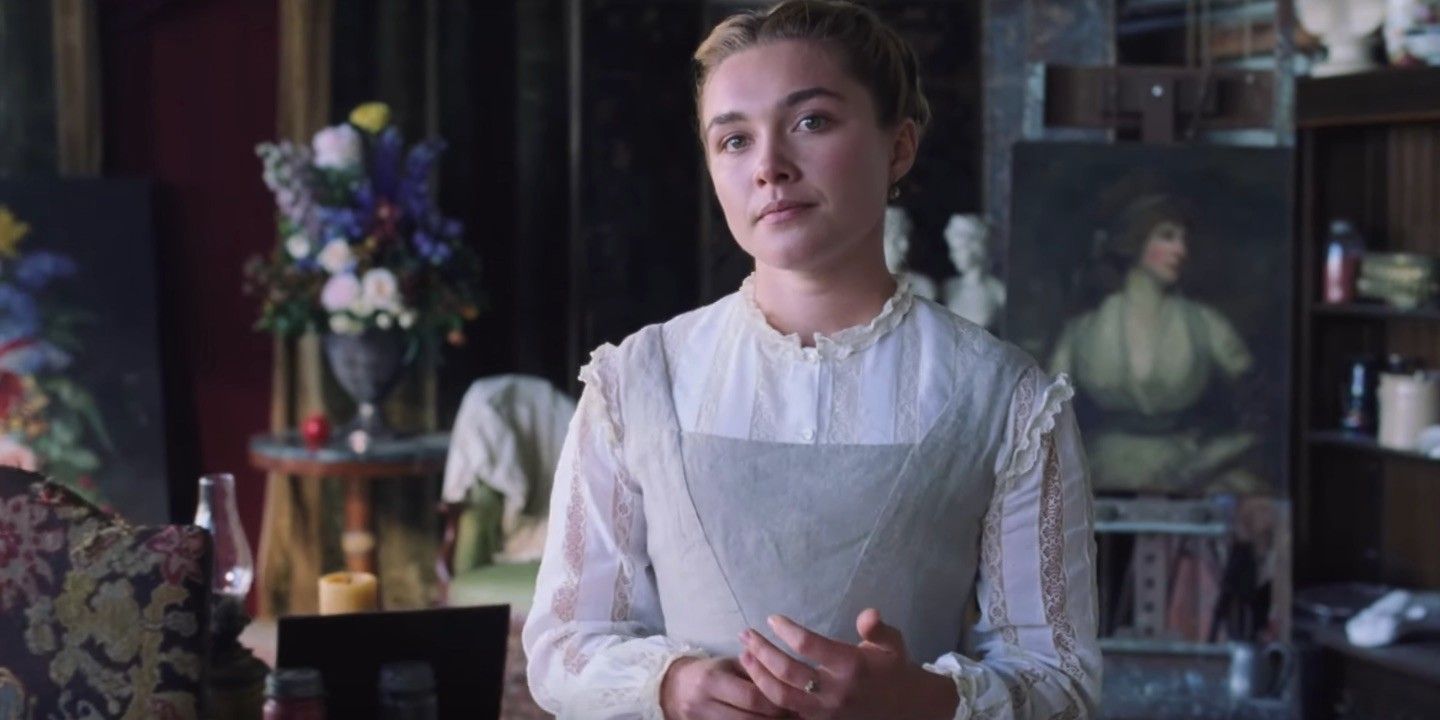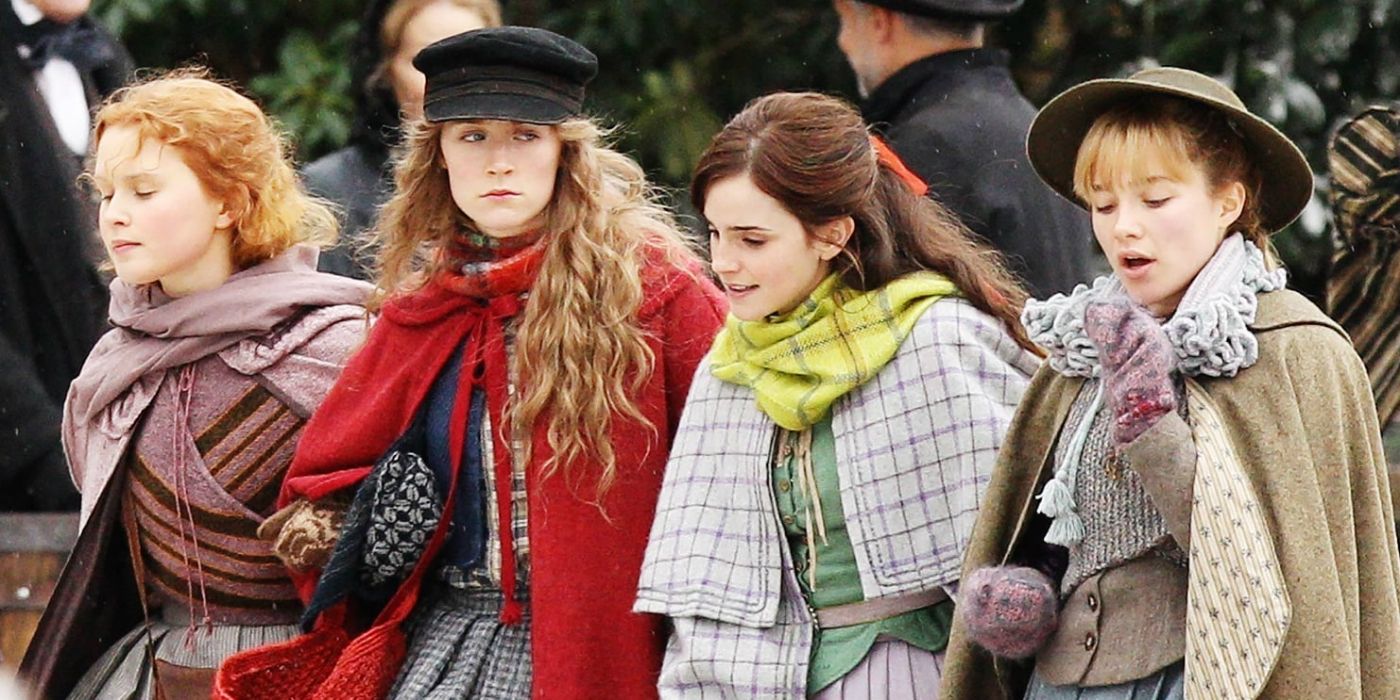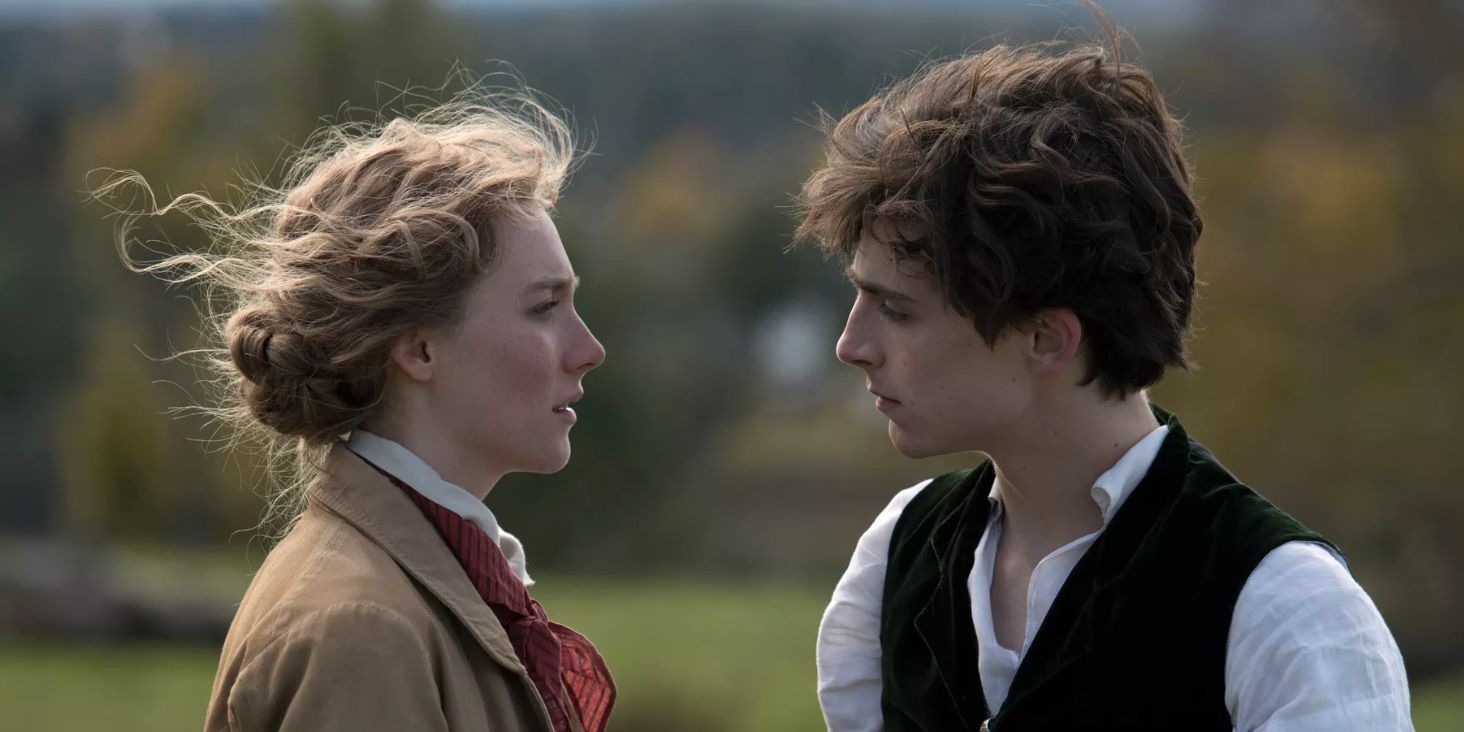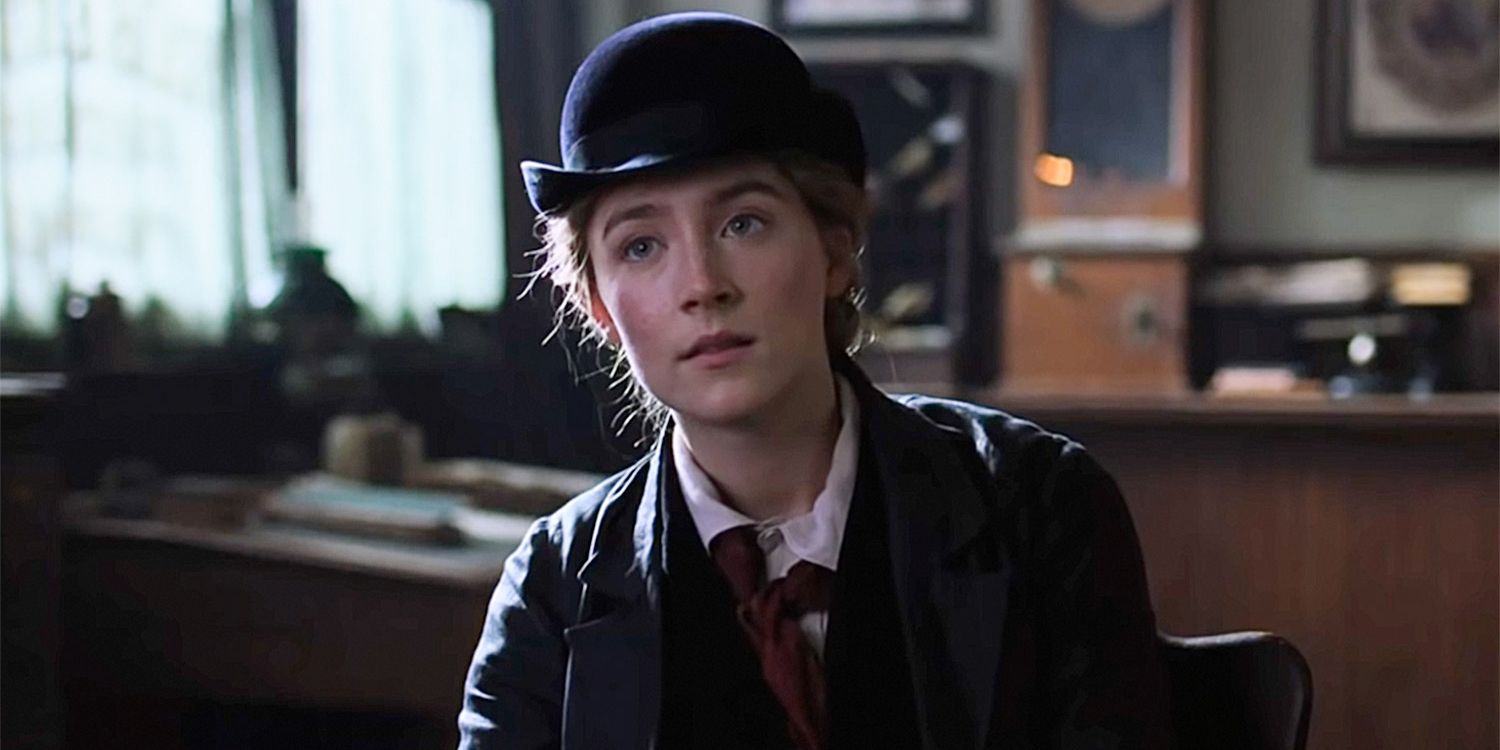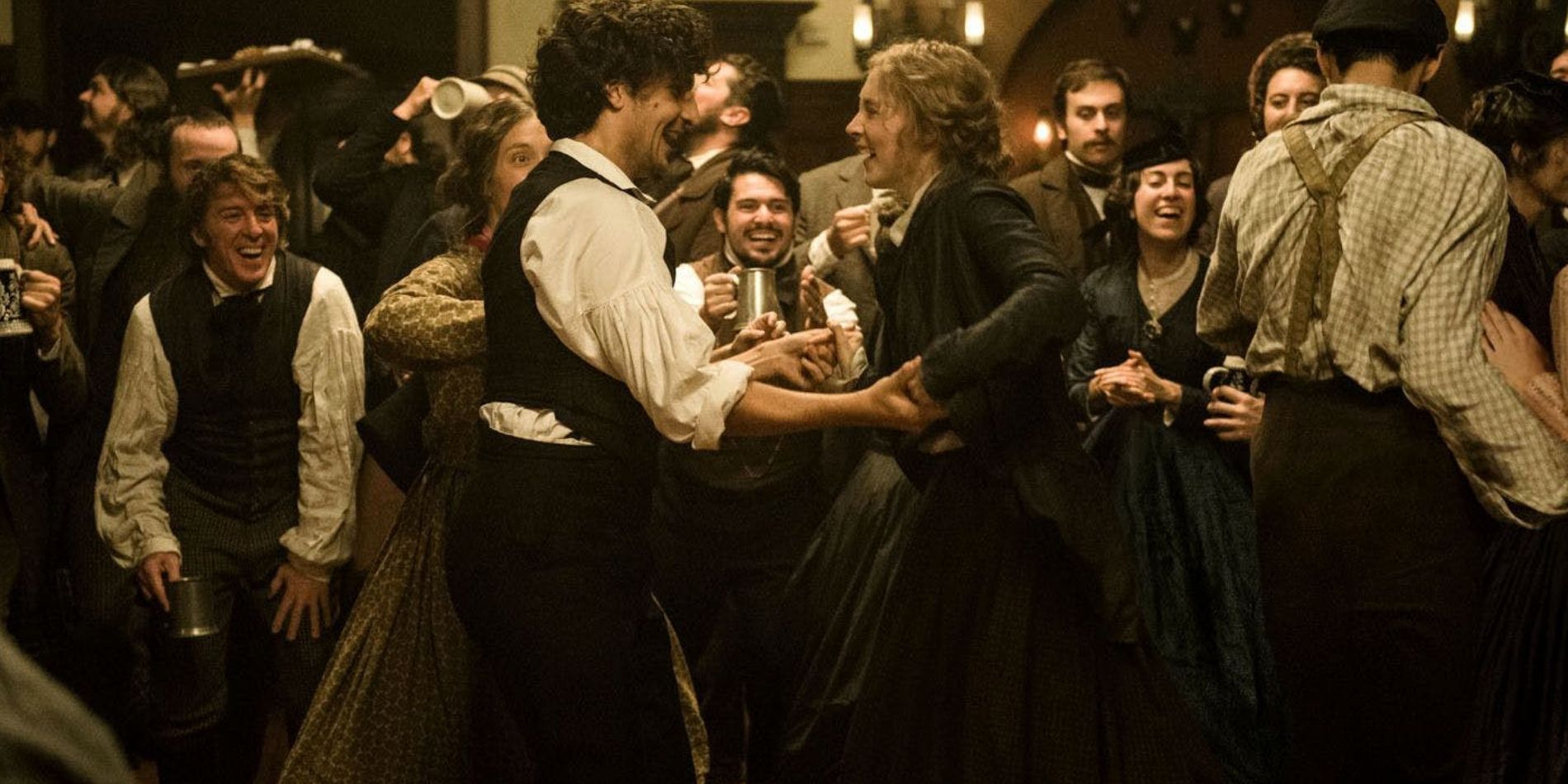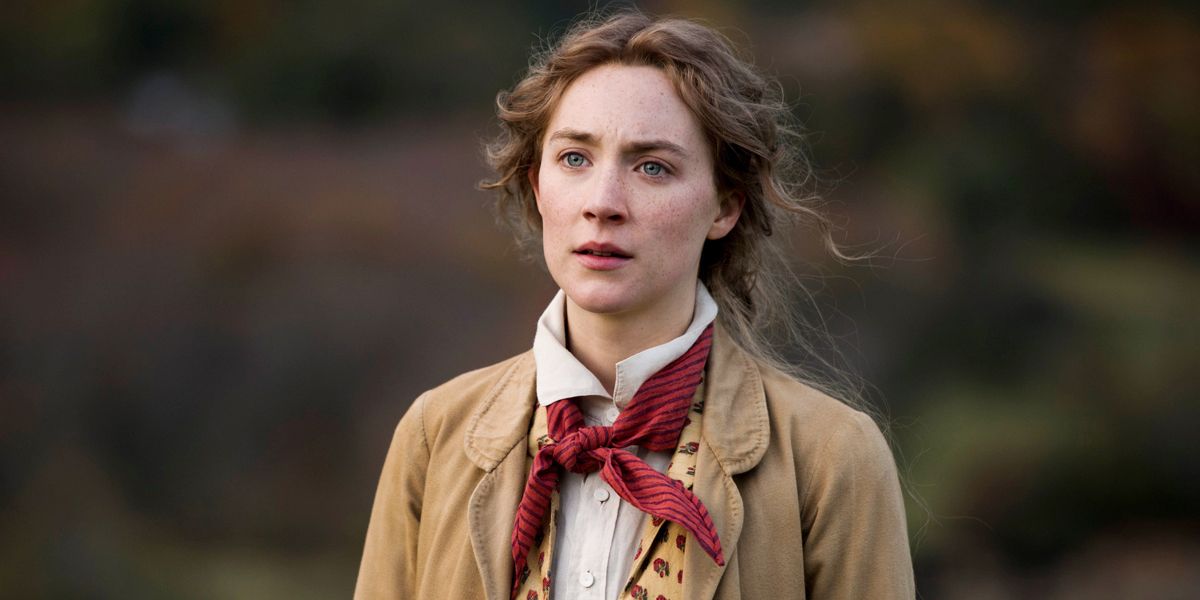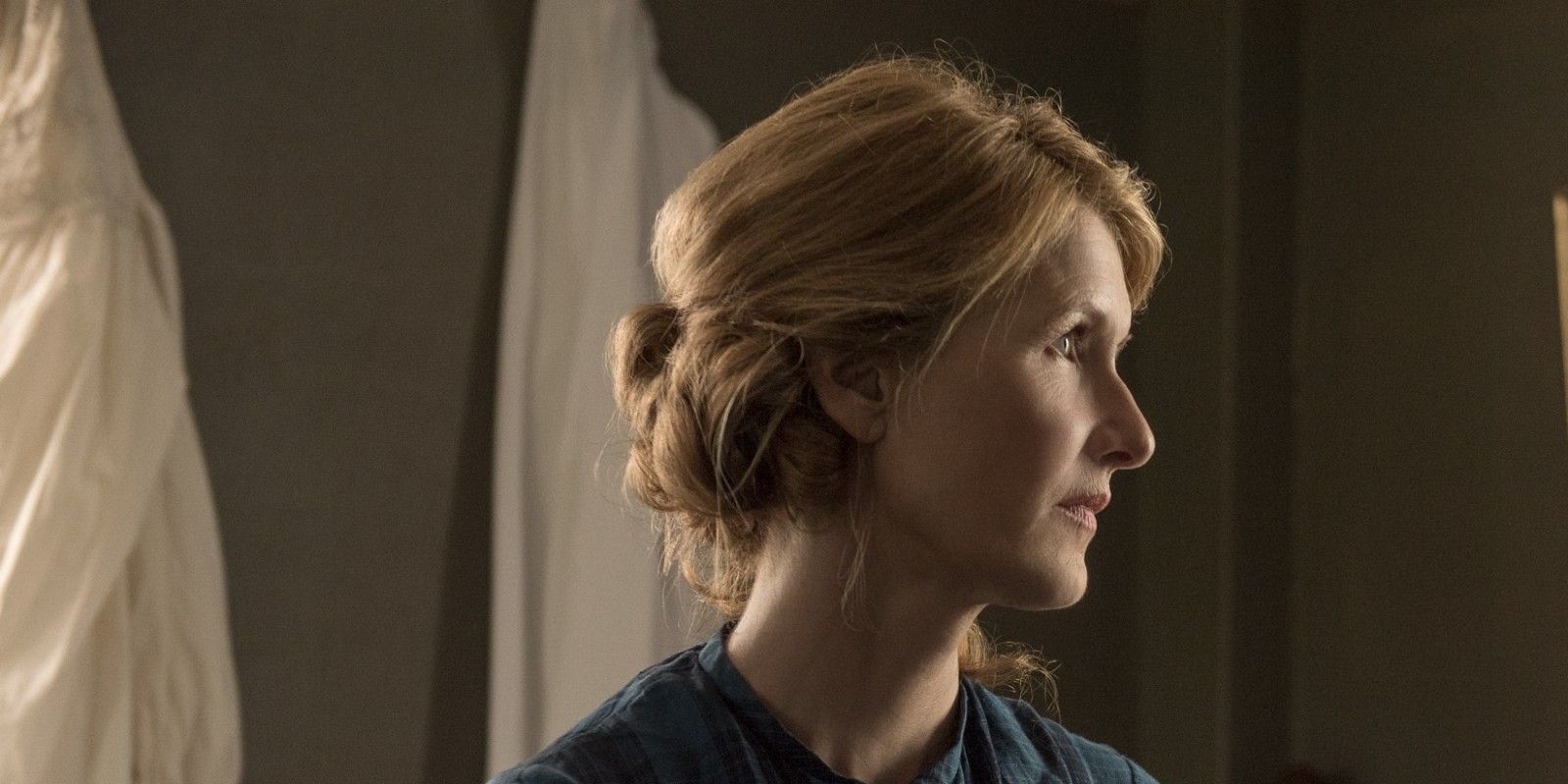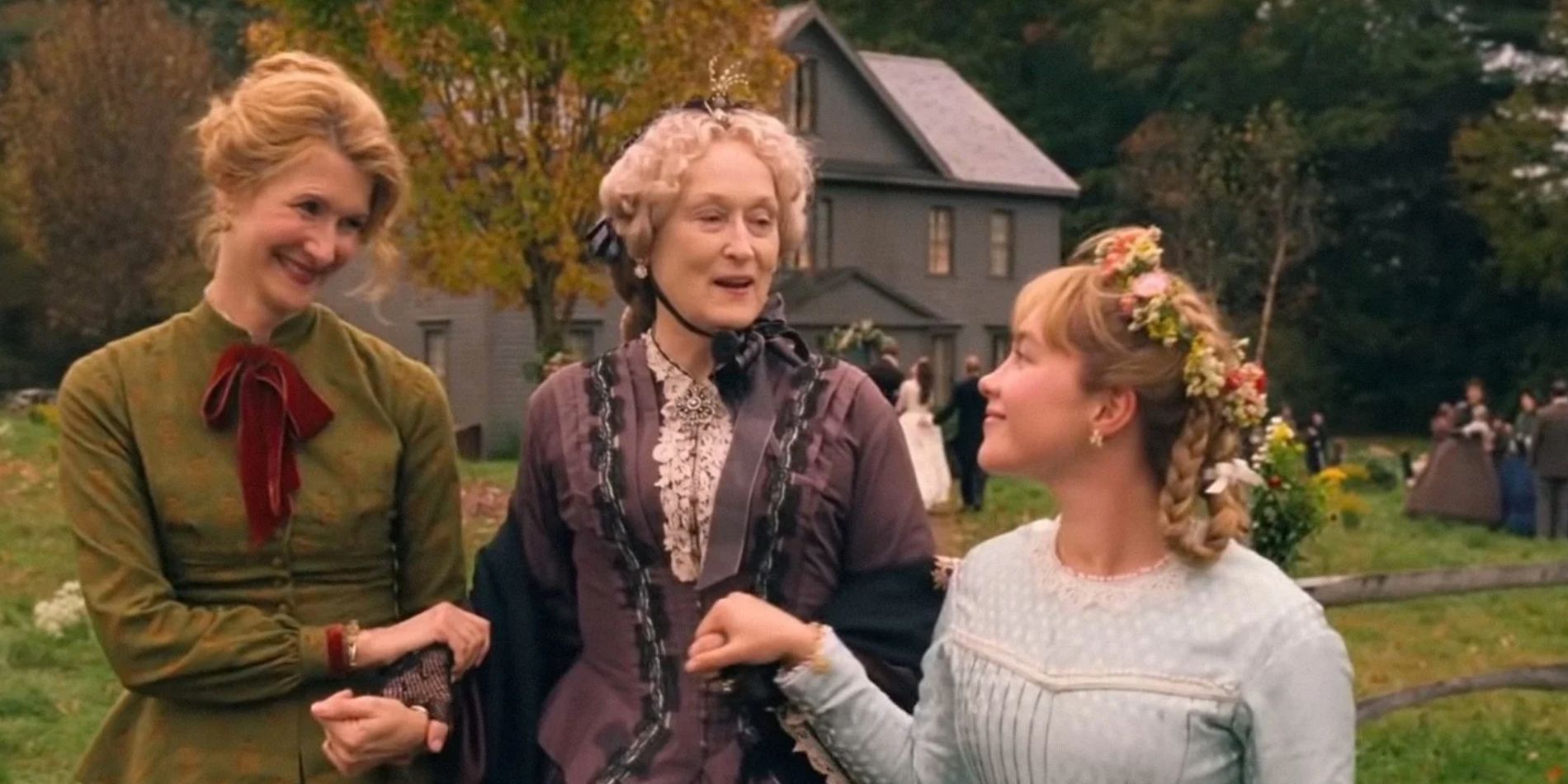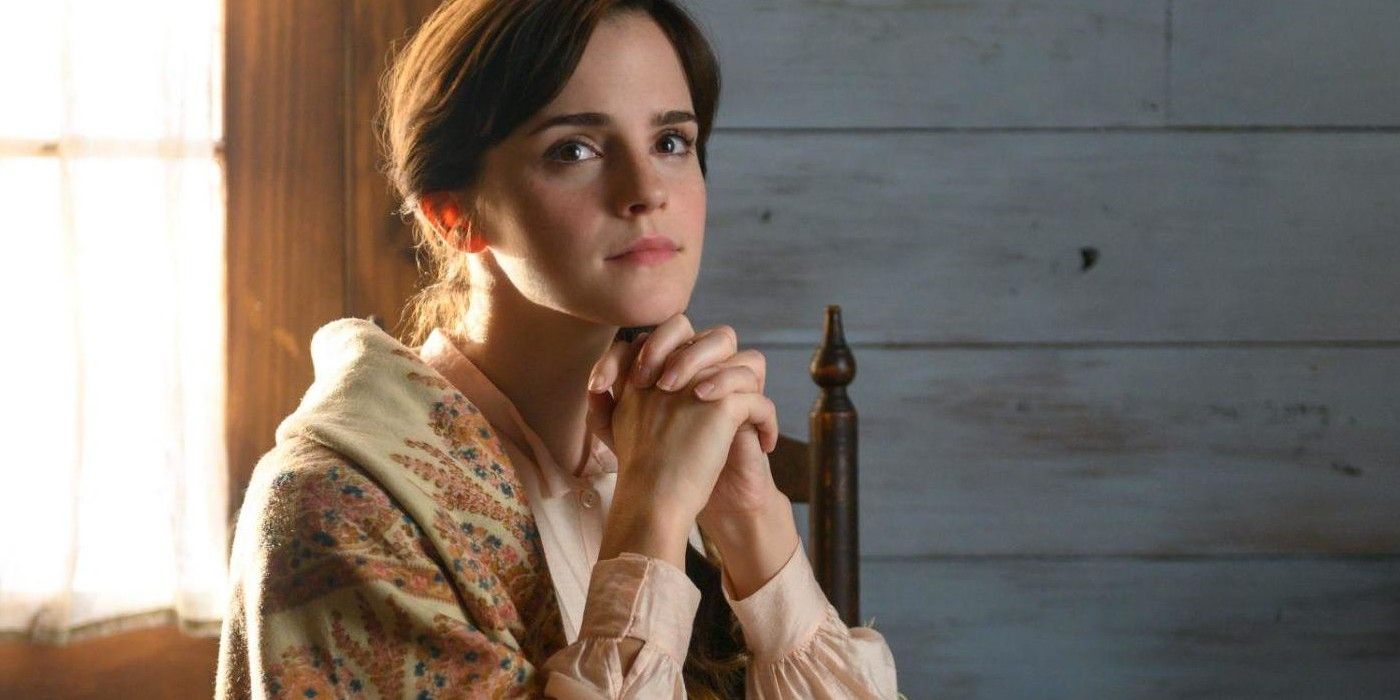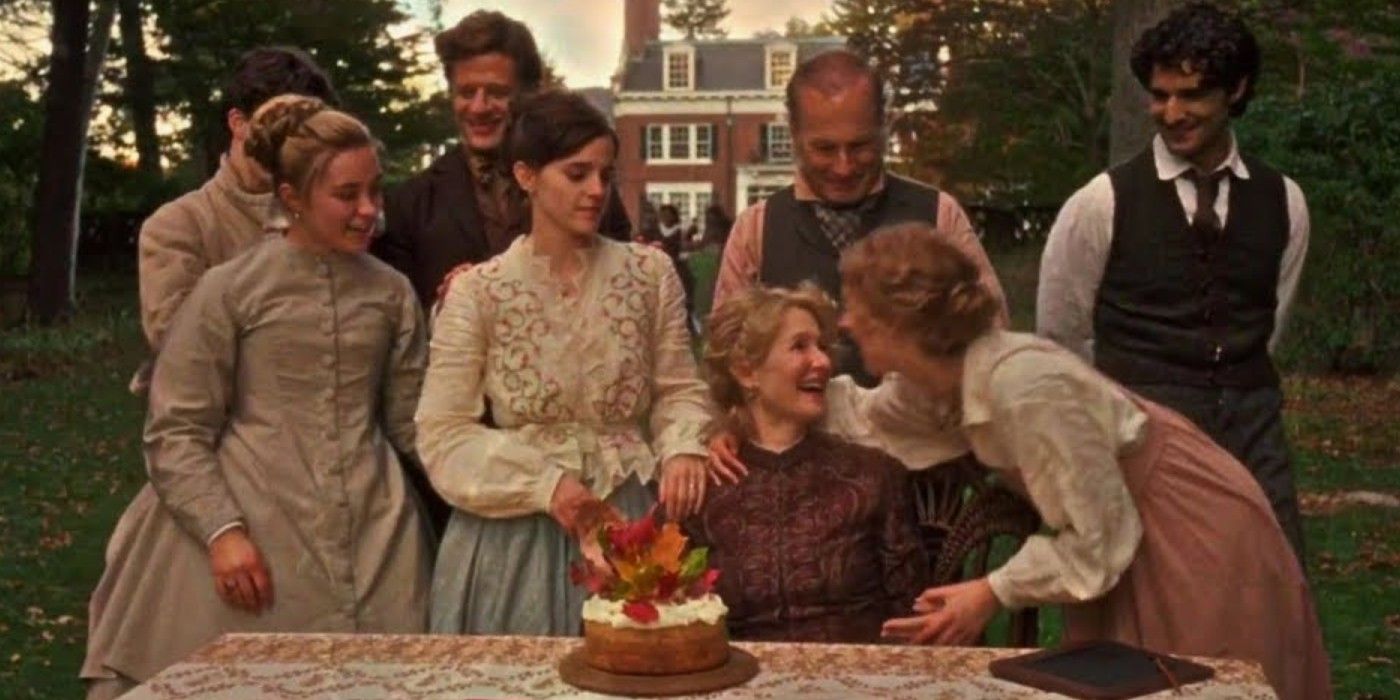There have been several film adaptations of Louisa May Alcott's classic novel Little Women over the years. Most notable was the 1994 version starring Winona Ryder as the film's fierce protagonist, Jo. That is, up until now. After 2019, if people heard someone mention Little Women odds are their mind's eye did not feature Winona Ryder anymore, but rather Saoirse Ronan, the Irish actress renowned for her acting these days and the most recent embodiment of the infamous Jo March.
With each new addition to the various interpretation of a work there inevitably comes some original input from the creator--in this case, director and writer Greta Gerwig. Gerwig takes original content, already progressive for its time, and adapts it in a way that digs even deeper into the issues already present. While the iconic 1994 version will always be beloved, the 2019 film provides a Little Women that speaks better to our times.
Amy Is Played By One Actress
In the 1994 adaptation, Amy's character is played by two different actresses; Kirsten Dunst was cast for Amy's youth, and Samantha Mathis for her later years when she ends up marrying Laurie.
It makes sense that two actresses of different ages were used, as it might be difficult to have the youngest March girl believably represent both a child and a grown woman. However, Florence Pugh does the job of both versions of Amy beautifully, and in doing so allows a fluidity in her character that is much more beneficial to the story.
The Dialogue Is More Casual
The general atmosphere of Gerwig's version is giddier and more chaotic than past versions. For example, the opening scene features the March girls engaged in overlapping, enthusiastic dialogue, each casually expressing their thoughts without restraint.
The quality of this dialogue emulates a more realistic picture of the interaction of several sisters living together, communicating like several parts of one large organism. In contrast, previous incarnations of Little Women felt needlessly stilted and artificially prim and proper.
Jo & Laurie's Shared Wardrobe Adds Subtext
The costumes of the film are greatly pleasing to the eyes all around, but Jo and Laurie's costuming in particular takes on a special significance in the latest movie.
As the film goes on and the two become increasingly close, more items of their wardrobe are swapped between them until their outfits are made up of an amalgamation of the other, illustrating the unique intimacy of their friendship and the way that each complements the other.
Jo's Book Getting Published Is The Movie's Emotional Climax
The great build-up of the 1994 movie is Jo's eventual romance with Friedrich. While the movie does have several other important points, the moment when the two end up together forms the high point of exaltation.
This same feeling is emulated in the 2019 film but instead of the highest emotional point being a romantic one, it comes in the publishing of Jo's book. In turn, this helps Jo's accomplishments rather than a relationship define her arc.
Friedrich Is Younger
In the 1994 movie, Winona Ryder's version of Jo is paired with a significantly older-looking man. This caused a bit of an issue among viewers, especially newer ones, who felt uncomfortable seeing someone as young as Jo hook up with someone who (at best) could be her uncle.
In the 2019 adaptation, Jo's romantic counterpart is played by someone who feels much closer to her age, and their relationship seems much more equal and less of a power imbalance. Rather than a mentor, Friedrich is a friend which made him more relatable and likeable.
Jo Is More Androgynous
Jo from the books and the movies is meant to resent being a woman. She complains from the very start that she should have been born a boy and hates that she can't go to war and fight alongside her father.
Meanwhile, Saoirse Ronan's Jo March eventually comes to embrace being a woman but she does so while also incorporating an androgynous take on her womanhood, presenting a fluidity of gender that may be recognizable to many modern-day viewers.
Marmee Is More Complex
Marmee does not get as much of a personality in the 1994 version. She is mostly a sweet, wise mother looking out for her daughters and imparting them with patience and creativity. But beyond being a paragon of motherhood and virtue, there's not much to Marmee.
Laura Dern's representation of Marmee in the newest movie is allowed a more complex story, where she is -- more realistically -- not just a saint but a flawed person who has to work hard for her patience with the world.
The March's Privilege Is Emphasized
The 1994 film does a great job of discussing the trials of being a woman, particularly in the time of the American Civil War, in a way that transcends its historical setting and time of release to become relatable to today's viewers.
However, the 2019 version does the best job of recognizing that while these women were oppressed for their gender, they also led privileged lives in that they were white women (with a housemaid, no less) living in relative luxury even during a period of conflict.
Meg Gets A Deeper Story
Originally, Meg comes off as a person who is mostly interested in pretty things and boys. She goes along with Jo's antics and seems mostly in agreement with her progressive views of the world but when she actually gets the chance to break from tradition, Meg reveals her desire to fit in with the mainstream culture.
This time around, Meg's story is allowed to become deeper as the movie progresses. The film explores her inner conflict of trying to figure out if she wants something because she actually wants it, or because society tells her she should.
The Ending Is More Ambiguous
The key break-off point in Gerwig's film is its ending. The biggest feminist complaint with Little Women as a whole is that after a life of preaching independence, the protagonist ends up married at the end, just like every other female protagonist of the time.
Gerwig plays with this without deliberately defying Alcott's ending, instead making a sort of choose-your-own ending where Jo embracing Friedrich could be seen as an illustration of the end of Jo's book or the actual events of her life. Even if Jo did end up with Friedrich, the final note of the movie lands not on him but on Jo's relationship to her book and the opening of a school. This way, the movie ends on her own accord.

